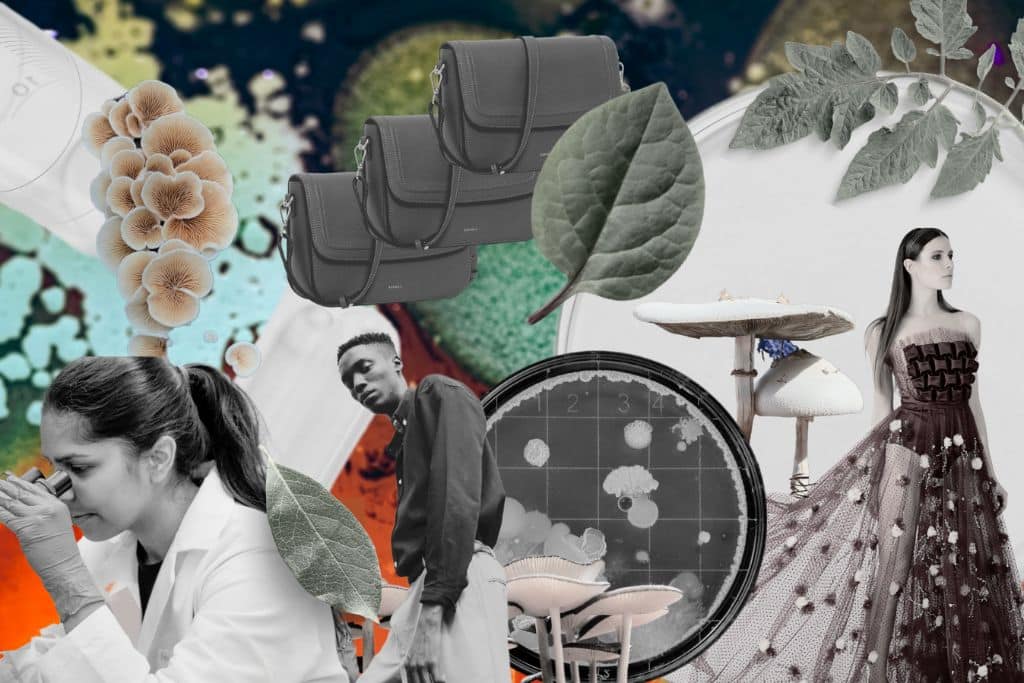While microbiologists in London grow bacteria on t-shirts, scientists in Slovenia are using chemistry to create plant-based nylon for your favourite athleisure brands. Trends in fashion come and go, but it looks like green biotechnology is here to stay.
—
Debates around the ethics and sustainability behind the clothes we wear have long since entered the mainstream. Along with considering who makes our clothes and in what conditions, many of us are now turning our attention to what our clothing is made of. Should we buy leather or pleather? Wool or acrylic? Rayon or silk? For the sustainability-conscious consumer, there are no easy answers when it comes to what to wear.
New biotech materials are making a splash in the fashion world. With the potential to cut down emissions, recycle waste, and reimagine what textiles can look like, bio-based materials may be one of the keys to creating a more sustainable fashion world.
What Is Biotechnology and How Can it Help the Fashion World?
Biotechnology refers to the science of using living organisms and the products they produce to create things that are useful to humans. Biotech products are ubiquitous in our world, creating life-saving medicines like insulin and forming the basis for some of our favourite foods like cheese and bread. Now, biotechnology is venturing into the world of fashion through the principle of bio-inspired design.
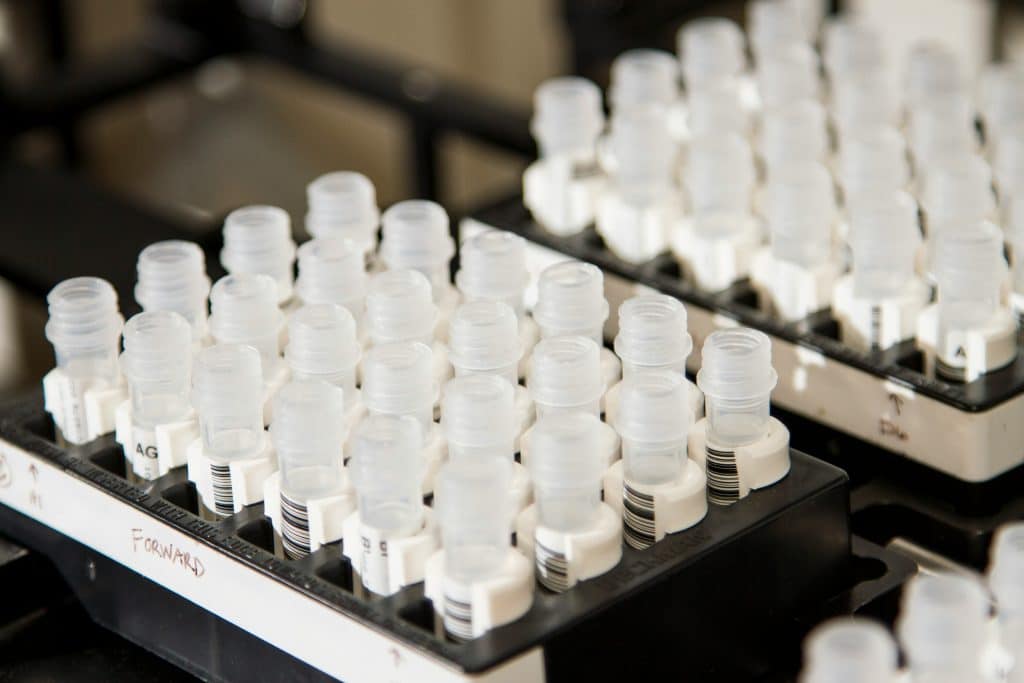
While the term bio-inspired design may yield futuristic visions of Star Trek-style laboratories, the meaning of the term is simple: it refers to the use of nature as a source of inspiration for developing solutions to problems.
The first biosynthetic materials were created in the late 19th century. While fossil-fuel plastics dominate our closets today, making up 60% our wardrobes, the early 20th century saw rapid development of bio-based materials, from the fat and protein-based Rilsan to protein-based Merinova.
From the 1930s onwards, fossil-fuel derived materials began to develop rapidly and became a mainstay of fashion. Versatile and durable, they were a hit amongst consumers and designers alike. With increasing awareness of the negative impacts of these fossil-fuel materials, scientists and designers have turned their attention to creating the next generation of textile materials, ushering in a new age for fashion.
You might also like: Fast Fashion and Its Environmental Impact
Mycelium Leather Outcompetes Animal Skins
Perhaps the most contentious fabric in the fashion industry is leather. With one-third of consumers considering leather an inappropriate material for use in clothing, ethical and sustainability concerns around the use of farmed and wild animals are pushing consumers toward animal-free alternatives.
Given consumer appetite for these alternatives, it is no surprise that mushroom leather has been an especially big hit amongst designers and fashion lovers alike. Durable, strong, quick to produce and with a low carbon footprint, mushroom leather is becoming a mainstay of the fashion industry.
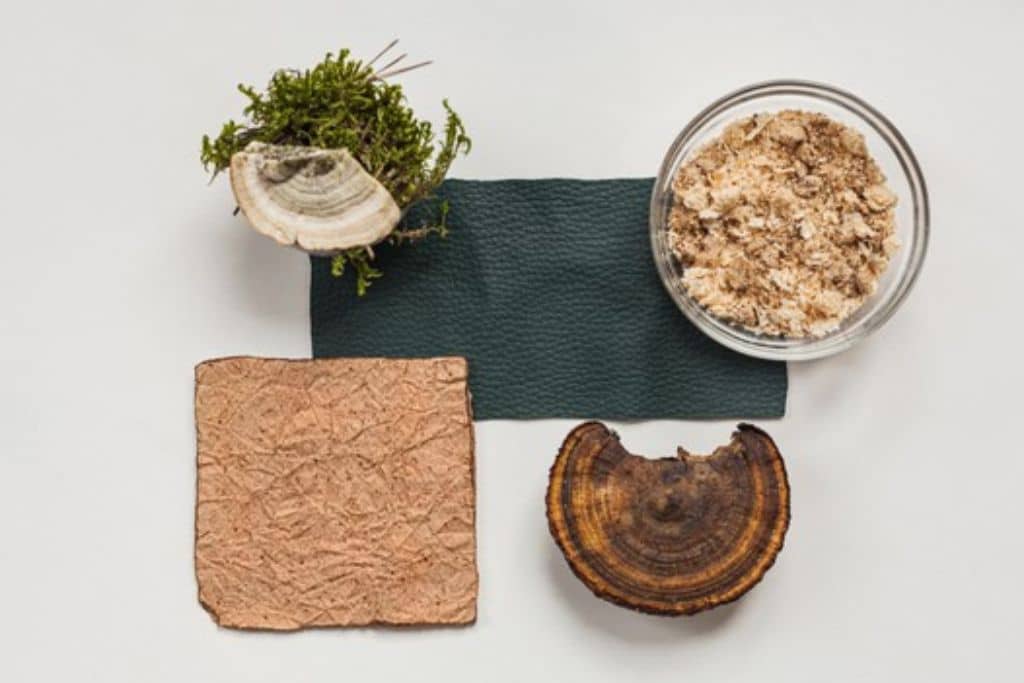
The capped mushrooms we see growing about the ground are just one part of a mushroom. Beneath the surface is a root-like structure of interweaving strands called hyphae. These strands are strong and durable and can be grown into flat sheets in containers. Scientists have taken advantage of this – selecting mushrooms that can grow into a material resembling animal leather.
Once scientists have selected their mushroom, the process of creating mycelium leather is fairly straightforward. Sterilised mushroom spores are placed in trays with a substrate – generally a waste product from industries like agriculture. Mushrooms are left to grow in a controlled environment and quickly grow across their container, forming mat-like structures. The growth time will vary depending on the mushroom strain selected, but most mushrooms are ready for harvesting in a few weeks. After harvesting, the mycelium is cut using traditional leather-making techniques before being sent for drying. Heat and pressure remove any moisture in the mushrooms, transforming them into a durable material that can be cut, dyed, embossed and stitched just like animal-leather.
Because mycelium leather is remarkably similar to leather made from animal skin, it can be cut and sewn into items ranging from jackets to bags, comes in different colours and can even develop a patina like animal-skin leather. Mycelium leather also boasts unique advantages, including biodegradability and a carbon-neutral growing process.
It is no wonder some of the main players such as Mylo, MycoWorks and Bolt Threads have seen huge success, even making appearances in the lines of luxury brands such as Hermes and Stella McCartney.
More on the topic: Lab-Grown Leather: A Sustainable Solution to the Fashion Industry?
Cellulose Superstar: The New Biotech Materials Replacing Polyester and Nylon
While fossil-fuel derived synthetics are a mainstay in our wardrobes, new research indicates that fabrics could instead be created from renewable, biological sources – allowing us to refresh our wardrobes while keeping fossil fuels in the ground.
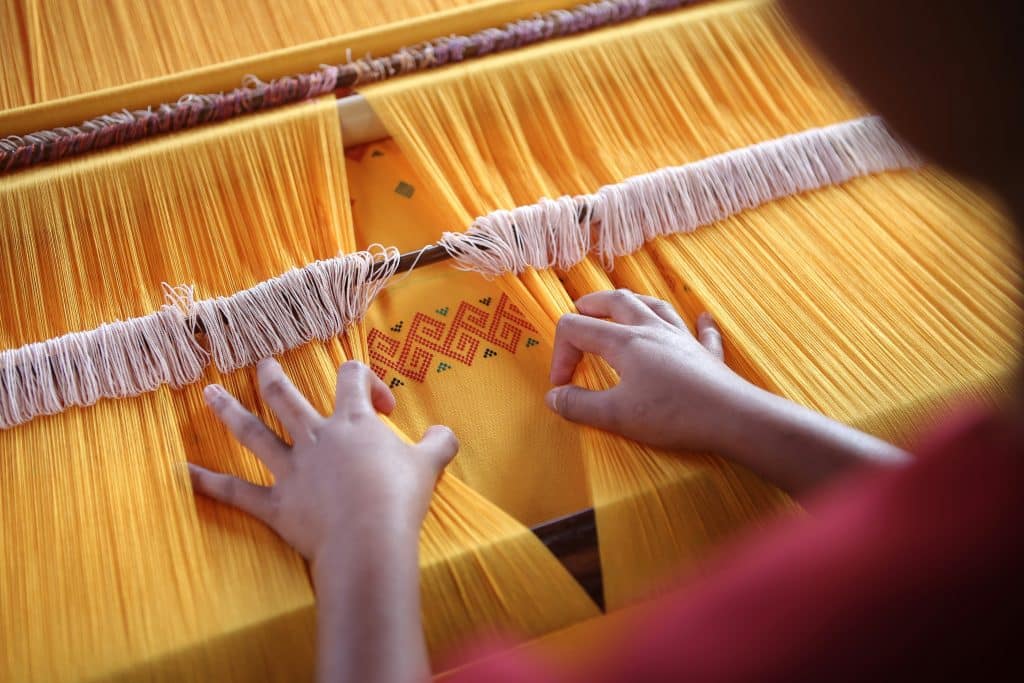
Scientists working for HeiQ have discovered a way to turn cellulose into wearable fibres that can compete with the performance-qualities of the much-adored (and widely despised) polyester. Cellulose is the most abundant polymer on Earth. Unsurprisingly, it is found in a lot of the products we use every day, from fruits and vegetables to cigarettes and ice-cream. Despite its potential use in other industries like fashion, most cellulose-based wastes are mis-managed, causing environmental damage.
Waste no more – scientists working at AeoniQ have created a new climate-positive yarn using this cellulose waste. Through recycling waste from algae, sugar cane, hemp, nuts and coffee grounds, HeiQ’s AeoniQ can turn the cellulose found in these products into a yarn. The yarn uses pH-neutral chemistry and renewable energy during the manufacturing process and produces no waste (in part through upcycling the bacterial cellulose used in their fermentation reactors). And under industrial-conditions, the yarn can biodegrade in 12 weeks.
Meanwhile, biotech start-ups Genomatica and Aquafil have discovered a way to create a 100% plant-based nylon alternative. Through genetic engineering, scientists working at Genomatics were able to create a microorganism that can ferment the sugars found in feedstocks like sugarcane or corn.
Through fermentation, the microorganisms work to break down the sugars found in the plants and create a compound that can then be converted into nylon-6, a strong and stretchy polymer. Genomatica send the nylon-6 intermediate to Aquafil, a partner biotech company in Slovenia that finishes the process by making polyester yarns and nylon-6 chips. The end products can be used in garments ranging from swimming costumes and jackets to underwear and athleisure.
The world’s leading fashion brands have taken notice from the likes of luxury powerhouse HUGO BOSS to streetwear-legend A Bathing Ape.
Bacterial Pigments Cut Down on Dye Waste
Clothing is not complete without some colour. From vibrant reds to subdued blues, colour makes up a crucial part of the clothes we wear. The ability to colour our clothing is important for our creative expression and plays a vital role in the ability of designers to create social commentary through the medium of colour in fashion.
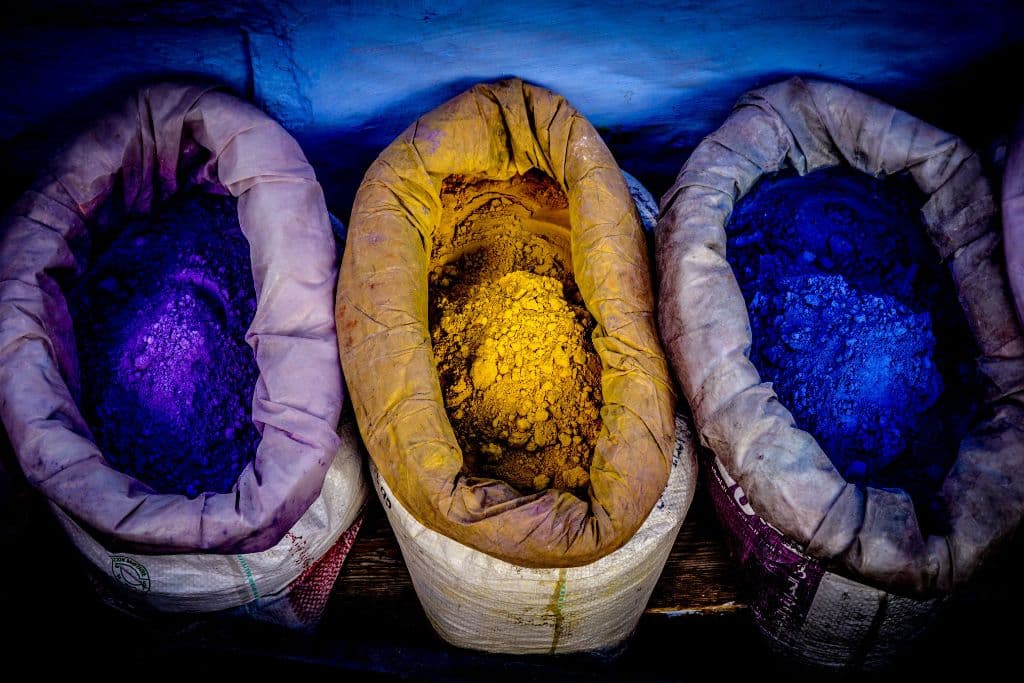
When it comes to sustainability, the dyes we use for our clothes are a cause of a number of issues – from water and soil pollution to negative impacts on human and animal health. But biotechnologists have figured out a way to avoid this issue through the use of microorganisms ranging from bacteria to algae. From yellow carotenoids to red phycobiliproteins, some of the compounds integral to microbes’ survival also lend themselves well to our wardrobes.
Compared to industry-standard dyes, these biotech dyes save on wastewater and produce no toxic wastes, making for safer and easier disposal following the dying process. And by using cheap, industry-standard model organisms as biological factories, scientists can grow these pigments cheaply.
A company using bio-engineered microbes to develop bespoke dyes for fashion brands is Colorfix. After identifying a colour source from an organism, researchers identify the DNA sequence associated with production of the pigment. Scientists then engineer a microorganism to produce this dye, grow the organism in a reactor and isolate the dye it produces for use in fabric. Just like standard dyes, designers can simply soak their clothing in the isolated pigment to add colour to their garments.
Another approach sees microbes dye clothing while they grow. Normal Phenomenon of Life, a sub-brand of Faber Futures, grows a bacterium called Streptomyces coelicolor directly on fabric. As the microbe grows, it infuses the fabric with colour to a stunning tie-dye effect.
Looking Forward
While biotech materials are no silver bullet for the fashion industry and come with their own unique set of challenges, they do hold the potential to support a circular economy and mitigate the negative environmental impacts of fashion. Who knows? The future of fashion might just be biotech.
Featured image: Ciara Varley
More on the topic: Explainer: What Is Slow Fashion and How Can You Join the Movement?








